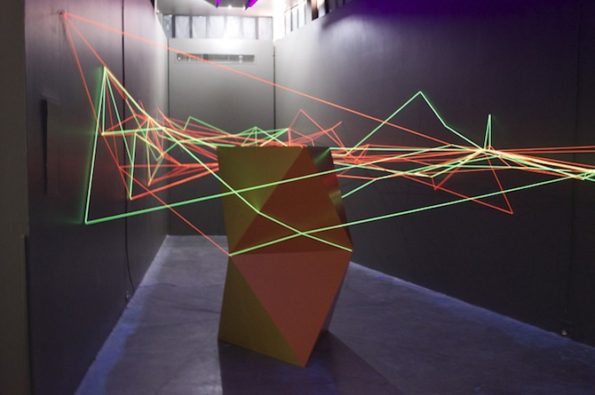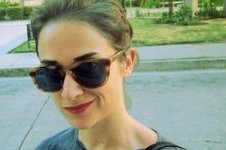Search
To search for an exact match, type the word or phrase you want in quotation marks.
A*DESK has been offering since 2002 contents about criticism and contemporary art. A*DESK has become consolidated thanks to all those who have believed in the project, all those who have followed us, debating, participating and collaborating. Many people have collaborated with A*DESK, and continue to do so. Their efforts, knowledge and belief in the project are what make it grow internationally. At A*DESK we have also generated work for over one hundred professionals in culture, from small collaborations with reviews and classes, to more prolonged and intense collaborations.
At A*DESK we believe in the need for free and universal access to culture and knowledge. We want to carry on being independent, remaining open to more ideas and opinions. If you believe in A*DESK, we need your backing to be able to continue. You can now participate in the project by supporting it. You can choose how much you want to contribute to the project.
You can decide how much you want to bring to the project.

The Museo Experimental El Eco in Mexico City is holding until 20 October three very different exhibitions. The three recreate a discussion about what sculpture can mean within the scenario of the museum. They inhabit three separate rooms, each under its own terms.
One enters the museum to be received by the work of Alejandro Almanza, with the project Las quince letras. The artist remains faithful to the development of his investigation into the instability of architectures that has occupied him for several years now. On this occasion he proposes a baroque structure that juxtaposes loans from different moments and historical styles. Juggling horizontals and verticals, boards, poles, columns and candelabras. A general wink at a certain form of constructivism and the possibility for disguising with a certain equilibrium, the tension of pastiche.
Having tuned into the first room, the body has to mutate to head into Nuestra casa sería un campamento, la propuesta de Diego Pérez para el patio del centro. the proposal by Diego Pérez for the centre’s patio. Having made several trips to the state of Guerrero, the artist returns with clay to model a communitarian space that has a use, in the way that furniture has a use. Surrounded by benches, he invites the public to sit and use the large elliptical table. A kitchen, the de facto domestic space for meetings, is introduced into the museum with the aim of replicating its original function.
Finally, in the room of the upper floor there is Ambiente II, by Hersúa. This piece was presented for the first time in Bellas Artes in 1970, and here it is reinstalled in an endeavour to allude to a distant past that hailed two distinct forms of relating to object-public, which the other two projects practice. The work functions as a return to a type of experience with the art object that was only possible in those early negotiations of sculpture with dance, light and the movement of the actor. However, its insertion in the room is accompanied by a display on a screen, where one sees an actor interacting with the piece, which generates an excess of evidence, killing the power of seduction that it would otherwise conserve.
The Museo Experimental El Eco houses an informal conversation between three forms of sculptural being. The voices understand each other. One feels comfortable and well received. And one’s left with a desire for more, for more rooms, for a larger home. But that is the virtue of this space that has never wanted to be encyclopaedic.

Paloma Checa-Gismero is Assistant Professor at San Diego State University and Candidate to Ph.D. in Art History, Criticism and Theory at the University of California San Diego. A historian of universal and Latin American contemporary art, she studies the encounters between local aesthetics and global standards. Recent academic publications include ‘Realism in the Work of Maria Thereza Alves’, Afterall, autumn/winter 2017, and ‘Global Contemporary Art Tourism: Engaging with Cuban Authenticity Through the Bienal de La Habana’, in Tourism Planning & Development, vol. 15, 3, 2017. Since 2014 Paloma is a member of the editorial collective of FIELD journal.
"A desk is a dangerous place from which to watch the world" (John Le Carré)